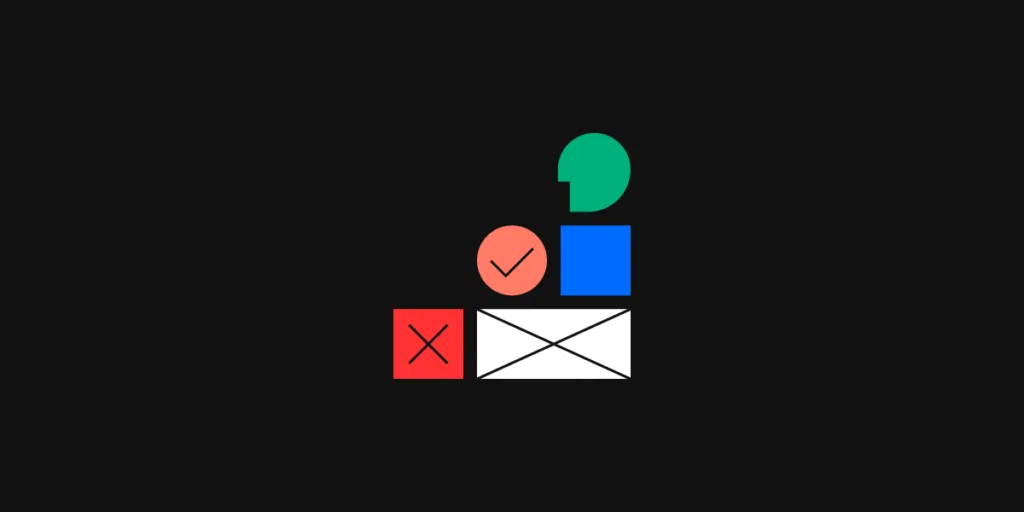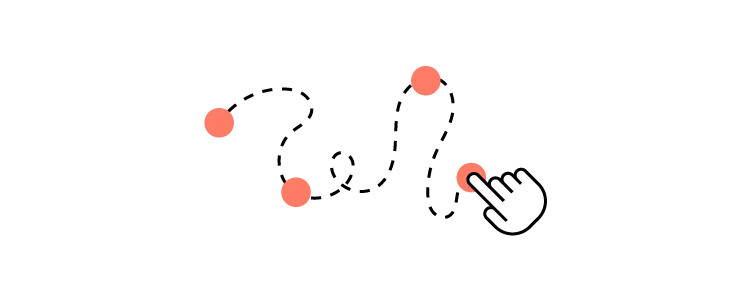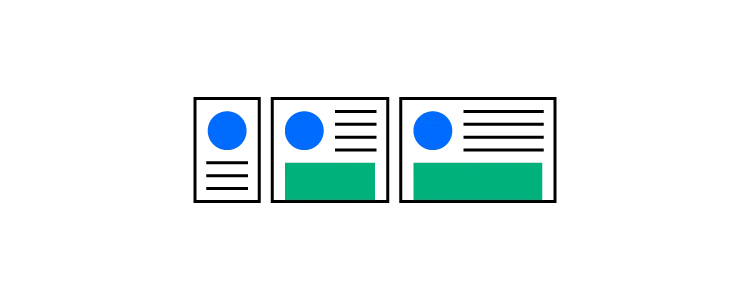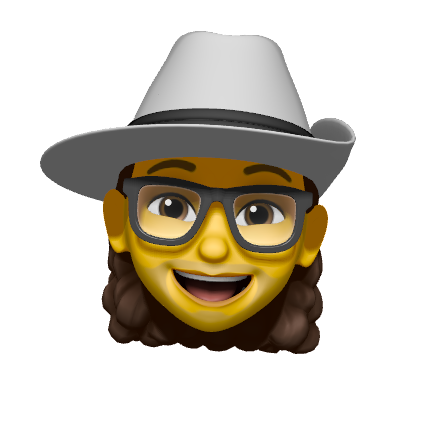
The value we provide to the user with our product is called User Experience or UX. Developing an efficient UX is the key to product success, whether it is a saas application, website or any other software/hardware product.
To develop an efficient and successful UX Design, the team has to follow a standard procedure called the UX design process. It allows the designers to iterate and improve their designs decision and methodologies.
UX design process defines the entire process of design. From integration to the evolvement of the product while maintaining branding, business opportunities, usability and functionality.
In this article, we will explore more about the UX design process; its different stages and best practices.
What is UX design?
Let’s talk about UX design first. In 1988 cognitive psychologist and designer Don Norman first introduced the term UX. UX design or UXD forms the digital face of a product — leading users around its features and offering them something that influences how they feel. Content, structure, and navigation all work together to give someone a meaningful experience.

It’s a process that defines the interaction between the user and the product. UX extends traditional human-computer interaction (HCI) by addressing the user’s goal, journey, and pain point and proposing an effective solution.
The purpose and benefits of UXD
The primary purpose of UXD is to design such an experience that helps users to complete a particular product goal efficiently.
A well-developed UXD can significantly improve the satisfaction of the users. That leads to higher conversion rates, growing business and revenue.
Here are some key benefits of good UXD.
- It increases user acquisition and loyalty.
- It maximizes opportunities to generate more traffic and business.
- It optimizes resources. Also helps to reduce time and costs for development.
- It helps to design features that are more optimized for the product goals.
- It helps to reduce error resolving and maintenance cost.
What is UX Design Process
It is an iterative process that explores the design solutions for a specific set of UX problems.

On each stage, we iterate through different design decisions and solutions. Also, we evaluate existing design decisions and propose improvements.
Each move involves relevant stakeholders of the product. So that every design made is efficient and accessible.
Importance of UX Design Process
Here is some important aspect of UX Design Process:
- By following a standard design process, we can be more efficient and transparent. Therefore, we have a tested and refined design solution.
- With each iteration, we can revalidate our decisions from different perspectives. And make them more refined.
- It also reduces risk because we use a tested solution — no guesswork is necessary.
- It also helps to track and cooperate easily with team members and stakeholders.
- It helps us to find solutions for issues we might not even know that exist.
- Ultimately, we will have a well-worked product that is easy to use and that the customer wants to use.
Stages of UX Design Process
A successful UX design process might be different for you from what we have outlined here. It entirely depends on your team, product or existing processes.
Typically the design process consists of six stages.
- Understanding the problem
Before you even start to look for a solution first, you need to understand the problem. We need a clear idea about the user goals, pain points and what is blocking them to perform a specific task. We can not find a solution unless we know what problem we are solving.
- Conducting Researches
After we successfully pinned down the problems, the next thing we do is the research. It is the heart of product development. The knowledge and information we gather in this step will be responsible for the product fundamentals and functionalities. We also define relevant user personas and journeys in this step.
User interviews, surveys, workshops are some widely used research methods.
Source: Pexels.com
- Sketching and prototyping the decision
This stage involves the visual definition of a proposed design solution. It includes sketches, drawing, paper mockup, interactive prototyping, to name but a few. Testing and evaluation of design decisions are part of this stage. Design team builds mockups and shares with stakeholders and users to get their input.
- Building Design
In this step, we build the actual design. Turn the mockups and wireframes to a visual design with themes and styles. We also build a design system that will act as a source of truth for all visual implementation. Here are some primary things we build in the design step.
- Product Navigation
- User journey
- Mockups and wireframes
- Visual assets including, images, illustrations and icons.
Source: Saif71.com
- Implementation of the design
The technical team can start implementation while the design phase is in progress. Since they are participating in every stage and iteration through the process, they have a clear idea about the design.
It is a standard practice that the design team is involved in the implementation step. So that they can help developers to explain various aspects of the designs. Also, designers can make some minor changes that might be required.
Source: dribbble.com
- Validate designs
So we finished developing the first version of the product. It’s time to roll it out to production. An important part of the job comes here for the design team, validating the design. We need to monitor how our users use our product, how they are communicating, can they reach the goal that they desire? If not, what is wrong?
After this last stage, the process will restart again depending on required changes. The whole process goes on during the entire lifecycle of the product.
Best Practices
While the order of the stages in the design process, might not be the same for all organizations and teams. There are some best practices to follow when streamlining our design process.
- User-centric thinking

End-user should be at the centre of our design decisions. User-centric thinking helps to understand users’ needs and preferences regarding the features of a product. It is one of the most important parts of designing a great user experience.
- Reduce complexity
It’s all right when you use the technical terms such as heuristics or phenomenology in the design team, but remember to simplify them when communicating with the technical team and other stakeholders. It will help to make communication better and efficient.
- Try relevant tools
It’s important to choose relevant tools that simplify the collaboration while working with a team. UXPin Merge is a wonderful tool for designers and developers to work together with ease.
- Recycle and reuse

If you create a standard method of design like a branding guideline or a design system, it will save you hundreds of hours doing the same work over and over. For faster designing and quickly iterating through ideas, reusability is the key. You can also use a UI kit like the Material UI Design UI Kit by UXPin.
Conclusion
In this article, we covered details about UX design and its process. We also covered the importance of the UX design process and details of every stage. We discussed the best practices to follow for an efficient design process.
UXPin offers all the features you need throughout your design process, simplifying the prototyping and collaborating with powerful features! Get started with UXPin today and kickstart your design process.
UXPin is the design process tool that helps product teams around the world turn ideas into products faster.
This article was initially written for Studio by UXPin as a ghostwriting contract. All copyrights: UXPin Studio

